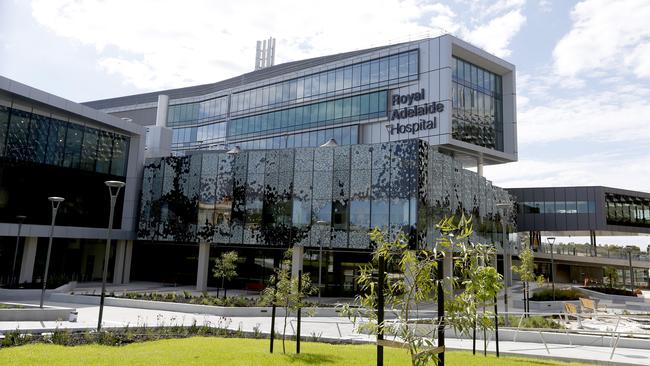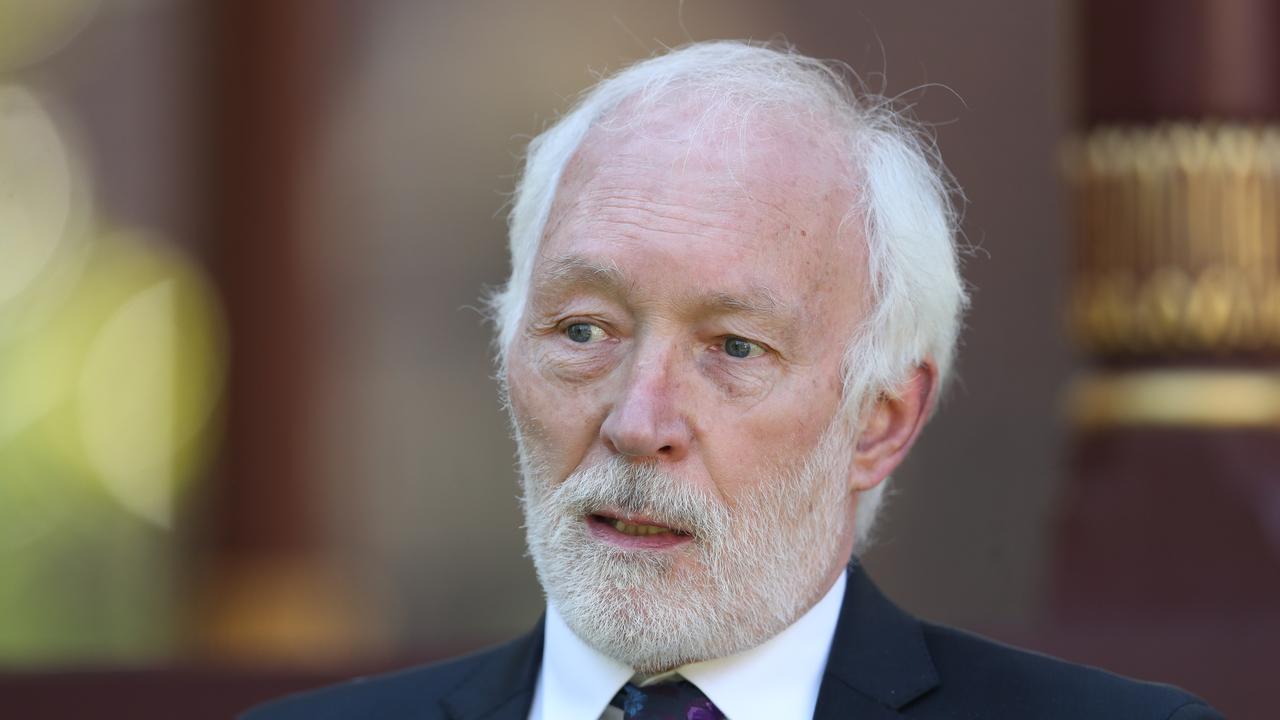Patients’ heavy records cost hospital $11m
About 2000 medical records will continue to be delivered daily to the $2.4bn Royal Adelaide Hospital from private storage sites.

About 2000 medical records will continue to be delivered daily to the new $2.4 billion Royal Adelaide Hospital from private storage sites because the “paper-light” design means the hospital’s floors cannot withstand the weight of patient files.
The South Australian government yesterday approved a three-year extension for off-site storage of paper records, following more delays to the rollout of the state’s troubled electronic record system.
This comes as nurses meet this week to discuss possible industrial action over crowded hospital emergency departments.
The $10.9 million contract extension for storage means more than two million paper patient records will continue to be kept at four off-site facilities across Adelaide and delivered to public hospitals as required.
The Australian revealed in June that the cost of storing and delivering paper records to the new hospital was more than $2.3m a year.
About 2000 patient files are delivered daily to the Royal Adelaide Hospital, with about 7000 in circulation or stored on-site, while the rest are stored off-site.
The former South Australian Labor government designed the hospital, once ranked the third-most expensive building in the world, to be run without old-fashioned patient records and instead to use its computerised Enterprise Patient Administration System, which has been dogged by cost blowouts and delays.
The electronic record system, which was to cost $220m in 2013 but came in at $471m, was only partly installed in the new hospital when its planned expansion was suspended by the incoming Liberal government in March. The Marshall government ordered an independent review into the system’s functionality, performance and long-term prospects.
Yesterday, Health Minister Stephen Wade said preliminary findings from the review had ruled out the continued rollout of EPAS and the panel was now looking at scrapping or completely overhauling it. A final report is due by the end of the year.
“This will likely contribute to further delays to electronic records being rolled out through the hospital network,” Mr Wade said, noting it was supposed to be operational four years ago.
“The design of the new RAH meant the floors of the $2.4bn hospital could not withstand the weight of the paper ... the new hospital was designed to be a paperless hospital using EPAS.”
The system, built by US vendor Allscripts as a fully integrated patient administration system and electronic medical record, was criticised by doctors in feedback to the Australian Medical Association a month before the new hospital opened.
Doctors warned that it was “unfit for purpose” and “dangerous, cumbersome and flawed”, with some clinicians describing it as the worst medical software they had used.
The system also was at the centre of a $185m Federal Court case late last year brought by the hospital’s builders against a private consortium overseeing the project, former health minister Jack Snelling and the state.
The builders claimed they were delayed because EPAS was not ready. EPAS originally was to cover all hospitals but was later reduced in scope. It now covers just 25 per cent of hospital beds.
Mr Wade yesterday blamed mismanagement by the former government, which had entered into a “temporary” contract with Iron Mountain to store paper records in 2015.
The contract extension includes a 24-hour emergency records delivery service within one hour from request at the RAH, and a freeze on the destruction of records relating to the Royal Commission into Institutional Responses to Child Sexual Abuse.
The new contract has an option to extend services to June 2021 at a total six-year cost of $25.8m.



To join the conversation, please log in. Don't have an account? Register
Join the conversation, you are commenting as Logout